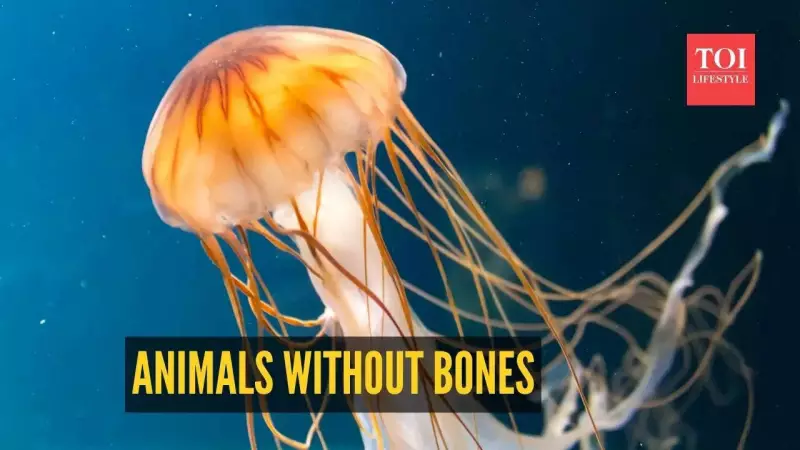
Nature never ceases to amaze with its incredible creations, especially when it comes to animals that thrive without a single bone in their bodies. These boneless wonders have evolved remarkable adaptations that make them some of the most fascinating creatures on our planet.
Nature's Flexible Marvels: Masters of Adaptation
From the depths of oceans to our own backyards, boneless animals demonstrate that you don't need a skeleton to be successful. Their unique body structures allow them to perform feats that would be impossible for bony creatures.
1. The Intelligent Octopus: Ocean's Genius
Octopuses are the intellectuals of the invertebrate world, possessing remarkable problem-solving skills and camouflage abilities that put most animals to shame. Their completely boneless bodies allow them to squeeze through incredibly small spaces, making them the ultimate escape artists of the sea.
2. Jellyfish: Ancient Drifters
These mesmerizing creatures have been floating in our oceans for over 500 million years. Their gelatinous, boneless bodies are 95% water, yet they've survived multiple mass extinctions and continue to thrive in waters worldwide.
3. Earthworms: Underground Engineers
These humble garden dwellers are vital to our ecosystem. Their flexible, segmented bodies tunnel through soil, aerating it and creating pathways for water and roots. Without bones, they move using hydrostatic pressure and tiny bristles called setae.
4. Snails: Mobile Home Owners
Snails carry their homes on their backs while gliding on a muscular foot. Their boneless bodies produce mucus that reduces friction, allowing them to travel across various surfaces, even sharp edges without injury.
5. Starfish: Regeneration Champions
These star-shaped marvels can regenerate lost arms and some species can even regrow an entirely new body from a single arm. Their water vascular system and tube feet make movement possible without any bony structure.
6. Squid: Jet-Propelled Swimmers
Squid are the speed demons of the boneless world, using jet propulsion to move through water at impressive speeds. Their streamlined bodies and sophisticated nervous systems make them efficient predators.
7. Leeches: Medical Marvels
Once feared, these segmented worms are now valued in modern medicine for their anticoagulant properties. Their flexible, boneless bodies can expand significantly when feeding.
Why Boneless Doesn't Mean Defenseless
These creatures prove that evolution has multiple paths to success. Without bones, they've developed alternative support systems, defense mechanisms, and movement strategies that make them perfectly adapted to their environments.
From intelligence and regeneration to unique locomotion methods, boneless animals continue to surprise scientists and nature enthusiasts alike with their incredible capabilities and vital roles in maintaining ecological balance.





